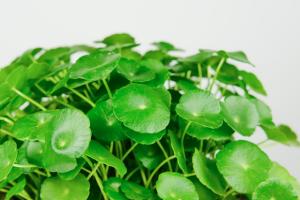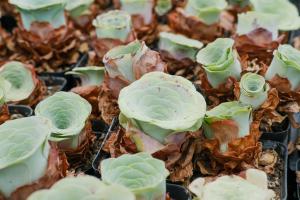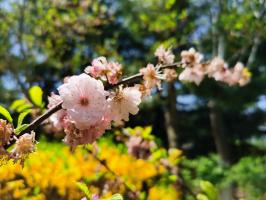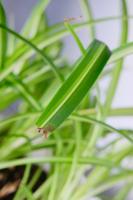Introduction
Cam plants are a special type of plant that have developed a unique strategy to cope with limited water availability. They are prevalent in arid and semi-arid regions, where water is scarce and temperatures are high. These plants store carbon dioxide (CO2) at night and use it during the day for photosynthesis, which allows them to avoid excessive water loss in the daytime. This article will explain in detail how cam plants avoid water loss.
Plant Physiology
The process of photosynthesis in plants requires water, carbon dioxide, and sunlight. In cam plants, however, these three factors are separated temporally to reduce water loss. During the night, the stomata on the surface of cam plant leaves open and take in CO2 from the atmosphere, which is then converted into a four-carbon molecule called malate in the mesophyll cells. This malate is stored in large vacuoles within these cells.
Malate Accumulation
During the day, the stomata close to prevent water loss because of intense sunlight, high temperatures, and low humidity. In cam plants, the malate stored in mesophyll cells is decarboxylated and releases CO2, which is then used for photosynthesis. Additionally, this decarboxylation process generates energy, which is used to synthesize ATP and NADPH. Both of these compounds are necessary for the light-independent reactions that take place within the chloroplasts in the daytime.
Carbon Dioxide Fixation
After the malate is decarboxylated, the resulting CO2 enters the Calvin cycle, where it is further fixed into glucose and other organic molecules. This process does not require the stomata to be open, which reduces water loss in cam plants. It can occur during the daytime when other plants are losing water through their stomata. Cam plants can close their stomata for a long period and still maintain photosynthesis, albeit at a lower rate.
Other Adaptations
Cam plants exhibit other physiological and morphological adaptations that allow them to tolerate arid conditions. For instance, they often have thick leaves with a waxy cuticle to reduce water loss through leaf surfaces. They also have smaller, denser stomata that open only at night to take in CO2. Additionally, cam plants concentrate their sugars and organic acids in specific tissues, which attracts water by osmosis and keeps the cells from desiccating. All these adaptations work together to conserve water and help cam plants survive in dry environments.
Conclusion
In summary, cam plants are a unique group of plants that have evolved to cope with water scarcity in dry environments. They store CO2 in the form of malate at night and use it during the day for photosynthesis. This separation of CO2 uptake and fixation reduces water loss through the stomata during the day. Cam plants also have other adaptations such as thick leaves, small stomata, and sugar concentration that enable them to avoid excessive water loss. These adaptations illustrate how plants have evolved to adapt to challenging environmental conditions.

 how many times do yo...
how many times do yo... how many planted tre...
how many planted tre... how many pine trees ...
how many pine trees ... how many pecan trees...
how many pecan trees... how many plants comp...
how many plants comp... how many plants can ...
how many plants can ... how many plants and ...
how many plants and ... how many pepper plan...
how many pepper plan...
































